Hobbies can play a huge role in reducing your symptoms of borderline personality disorder and aiding you on the road to recovery. They can provide a vital distraction at times when you might otherwise fall into bad habits while also bolstering your mental health and improving skills that will help you in your day-to-day life.
There are thousands of hobbies you could choose to take up, but some are more helpful for people with BPD than others. For example, watching movies is a fine hobby but if you spend all your time watching movies at home in a dark room, it’s likely to harm your mental state. Going for a hike will get you out into nature; giving you a dose of Vitamin D, a shot of endorphins, and reducing stress hormones such as cortisol.
How to find a hobby you love
The best way to find a hobby that you love is to start small and experiment with as many hobbies as you have the time and money for. You don’t want to go out and spend $3,000 on camera equipment, take an intense online course, and dedicate months of your life to photography only to discover that it’s not as interesting to you as you thought it’d be. That just leaves you with a hole in your pocket as well as takes you back to square one – you don’t have any hobbies you enjoy. Using the photography example again, it’d be much better to begin by finding cool scenes close to home (or even in your home) and taking pictures of them with your phone. You can add interesting filters and effects to your images using apps and – if you’re feeling brave enough – post them online. The cost and time taken are minimal but give you a taste of that world.
It’s much better to cast a wide net and dabble in a lot of hobbies until you find the ones you love – that’s when you can start committing more time and money to them.
Nature
Connecting with nature is one of the most beneficial things anyone can do. Several studies have shown that getting out in nature and “touching grass” will reduce stress and anxiety, lower blood pressure, increase “happy” hormones, and improve both physical and mental health.
Hiking can be a great way to get out in nature and enjoy all of those benefits while also getting some exercise. If you don’t live near a nature trail then a local park can be just as beneficial. All you’ll need is a pair of walking boots and a water bottle and you’re good to go!
Gardening is another fantastic hobby for people with BPD. Not only do you get to experience nature, you get to play a part in its growth. If you have a garden, that’s great. If not, you could still grow flowers or a herb garden indoors. You can start with a few small plants and go from there. If you get really into it, you could eventually consider composting as a gardening-adjacent side hobby. You can take your fruit and vegetable food scraps, and combine them with cardboard and dead leaves to create compost for your growing plant collection.
If you love animals then bird watching can be a very fulfilling hobby. You can start by taking a notebook and a guide to your local park and see how many birds you can spot. You might just be surprised at the wonderful variety of birds you have close to home. Bird watching will also help to improve your patience and focus.
Many of the hobbies below can be done outdoors so that you get all the benefits of nature while also enjoying another task.
Exercise
People who exercise regularly have better mental health and emotional well-being than those who don’t. It’s an unfortunate fact for those of us who’d rather be sat on the couch but it’s the truth.
Nature walks are great but, if you want to push yourself a little further you might enjoy jogging. You’ll improve your cardiovascular health, get some Vitamin D (if you’re outdoors instead of on a treadmill), and have better control over your weight. All you need is a pair of running shoes. If you’re not used to jogging, you’ll want to start slowly – something like a 1-mile run a couple of times a week. You’ll be surprised at how quickly you can gain stamina.
If you don’t have access to anywhere you’d feel safe or comfortable running then I’d recommend a pair of parallel bars as another great form of exercise. You can use them at home and they take up very little room (and can be quickly assembled and dissembled). They can be difficult at first if you don’t have much body strength but a regular 10 or 15-minute session performing dips, reverse pull-ups, chin-ups, and leg raises will soon have you feeling stronger than ever.
Yoga will help to improve both your physical and mental flexibility as you learn to focus on your breathing and being in the moment. You might also be surprised to find out that yoga can get your heart pumping too! Again, yoga can be a very affordable hobby. All you need is a mat and YouTube has thousands upon thousands of yoga routines you can perform – from beginners up to advanced. A couple of sessions a week can make a noticeable difference to your physical and mental health.
Creative
People with BPD often have vivid imaginations and unique perspectives, this means that those with BPD can have some impressive creative talents. Creative outlets can also provide a form of outlet for those with BPD, a way to express themselves and express the issues they’re struggling with.
One of the best creative hobbies that anyone can enjoy is writing. Whether it’s a journal of your day-to-day life, poetry, short stories, screenplays, novels, or something else entirely – writing can be a fantastic creative outlet and a distraction from getting too caught up inside the worst excesses of your mind. Another great thing about writing as a hobby is that it doesn’t have to cost a single penny. If you already have a computer or a pad of paper and a pen, you have all you need.
Crafting, drawing, or painting are great low-cost hobbies that can be extremely beneficial for people with borderline personality disorder. The kit you’ll need will cost a little money but it doesn’t have to break the bank – you can easily get started for under $100. If you’re someone who has a lot of images that seem to burn in your mind, you can harness that into your work when you craft or paint.
Sewing or knitting are also enjoyable hobbies that can benefit people with BPD. You can fix your old clothes and add your own unique touches to them or – with experience – even create your own clothes from scratch!
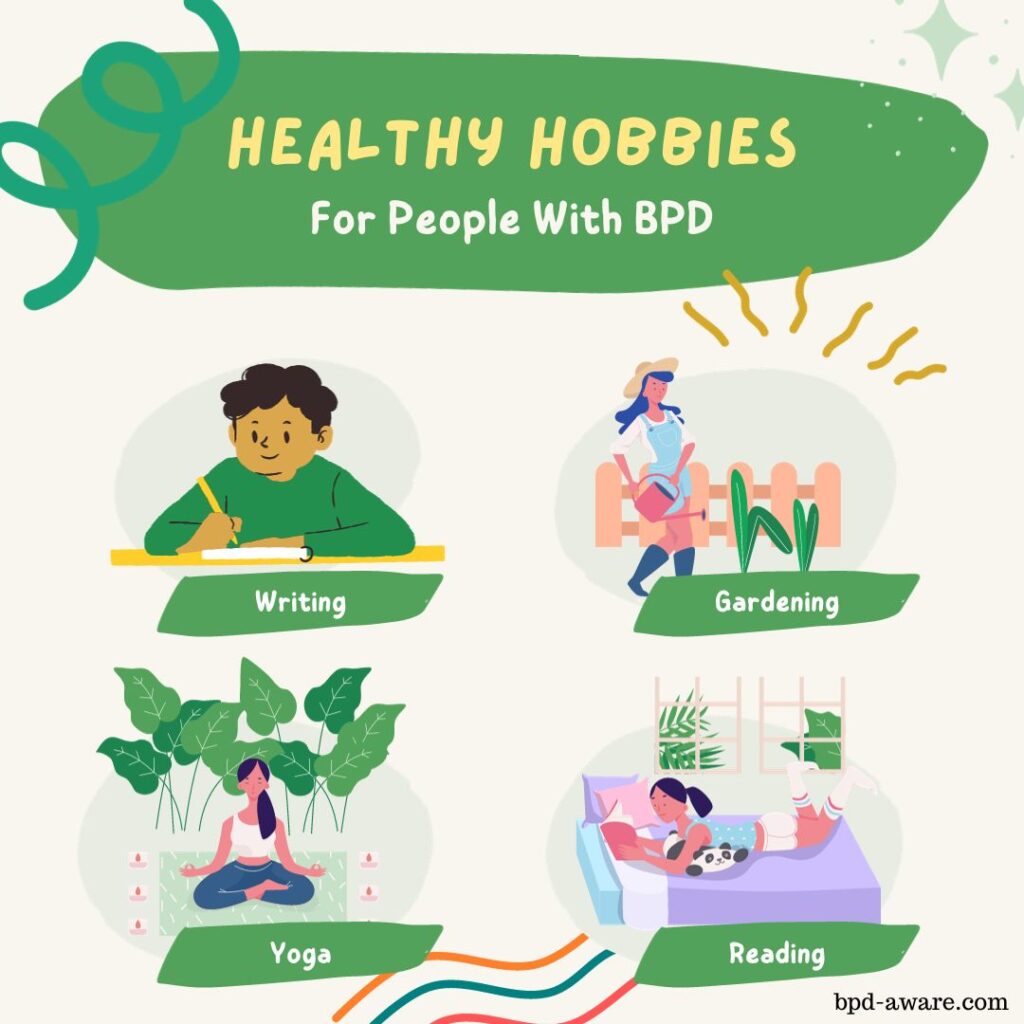
Reading
Reading can help to calm your mind and provide a distraction from the real world. There are many possibilities when it comes to reading. Depending on your mood, you might like to learn something new or you might want to expose yourself to a whole new fictional world. If you’re not much of a reader now, it can be worth experimenting with fiction and non-fiction, as well as the many genres within both, to find which ones speak to you.
Most towns will have a library where you can check out books for free. You can see if there’s a library near you on LibraryFinder. Some places will even have Little Free Libraries which let the community take and leave books as they see fit – again for free.
There are hundreds of thousands of worlds out there for you to explore!
Mindfulness
When your mind is swirling in the way it often does for people with BPD, it can be very difficult to be mindful. Being mindful means being present in the moment and accepting one’s thoughts and feelings – both physical and mental. It’s not easy to become more mindful, it takes work and practice. However, it can be incredibly helpful for people with BPD as part of the recovery process.
One of the most popular ways to work on mindfulness is through meditation. Meditation has helped me through some of my darkest times and I would recommend everyone try it at least a few times. It helps to calm me and put things into perspective. All I do is lie down on the floor and focus on my breathing. Focus. I feel the cool air working its way through my nostrils and then how it feels so much warmer on the way out. I feel my chest and stomach as I inhale. If I’m having a good session, eventually I might begin to think of absolutely nothing at all.
Meditation does take practice but it’s easier than ever to do. YouTube is full of great guided meditations that can help you to feel so much more relaxed and self-aware. Eventually, you’ll be able to meditate without guidance, if you wish.
But meditation isn’t the only path to mindfulness. Many of the hobbies I’ve already listed can help you to reach a mindful state. Being out in nature, exercising, creative endeavors and reading can all be forms of meditation.
Can you split on a hobby?
Someone with borderline personality can split on a hobby – much in the same way they can split on a person, an object, or a job. That’s just another reason to cast a wide net and try to find multiple hobbies you enjoy. If you find yourself splitting in a negative way you can always put it on the back burner and use that time on another one of your hobbies. If you’re splitting on a hobby in a way that feels obsessive, you may want to try and take a step back – as hard as that can be. This is a way of teaching your mind that obsessive thoughts are not rewarded. Learning how to walk the middle path can help you in this regard.
—
Can you think of any other helpful hobbies for people with borderline personality disorder? Leave us a comment below so we can keep adding to the list! Thank you! 🙂
Sources, Resources, and Further Reading
- 10 Hobbies That Are Good for Mental Health and 3 Tips to Boost Your Well-being: https://compassionify.com/hobbies-that-are-good-for-mental-health/
- Hobbies That Saved Your Mental Health: https://www.reddit.com/r/Hobbies/comments/141o4yn/hobbies_that_saved_your_mental_health/
- Coping Skills for Borderline Personality Disorder: https://www.verywellmind.com/coping-skills-borderline-personality-disorder-425412
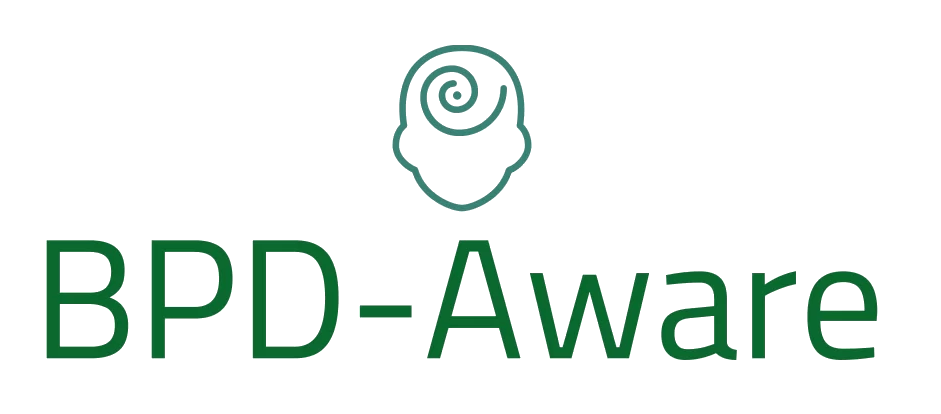

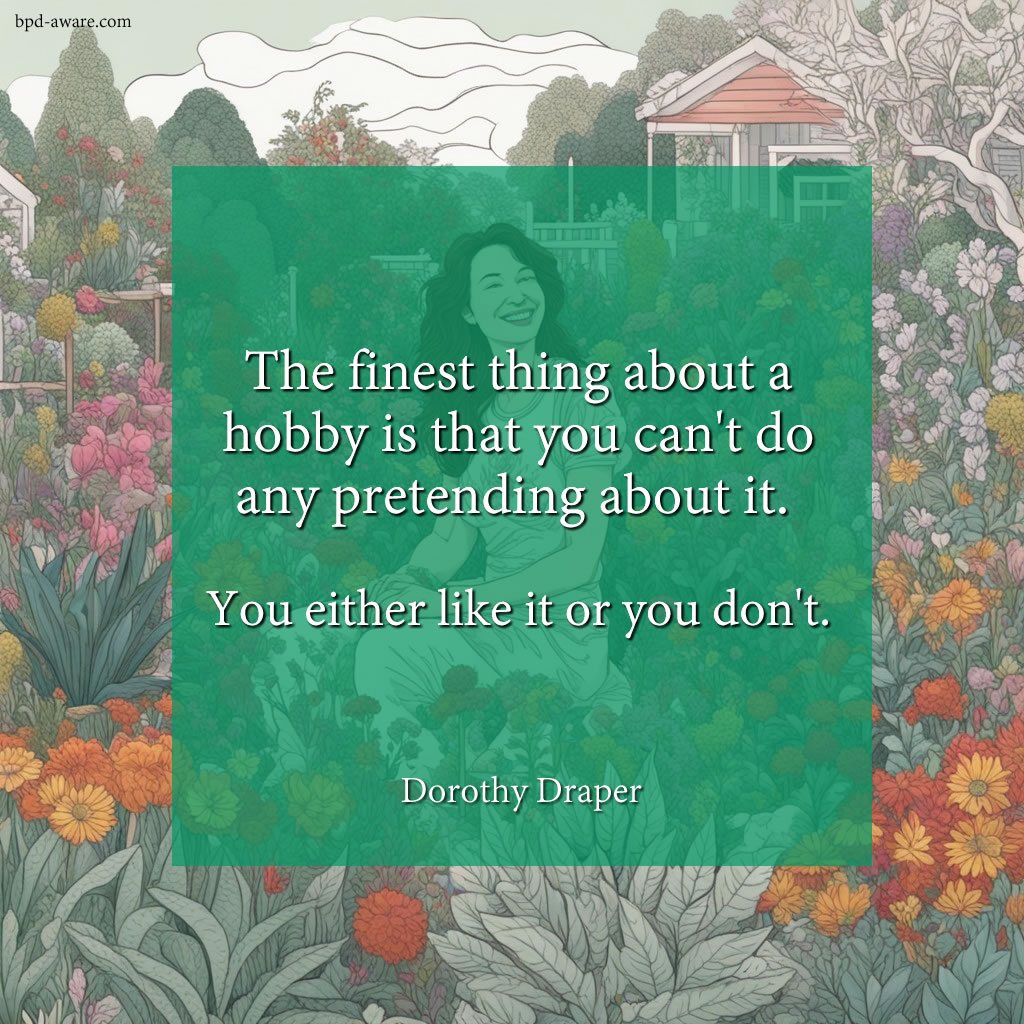




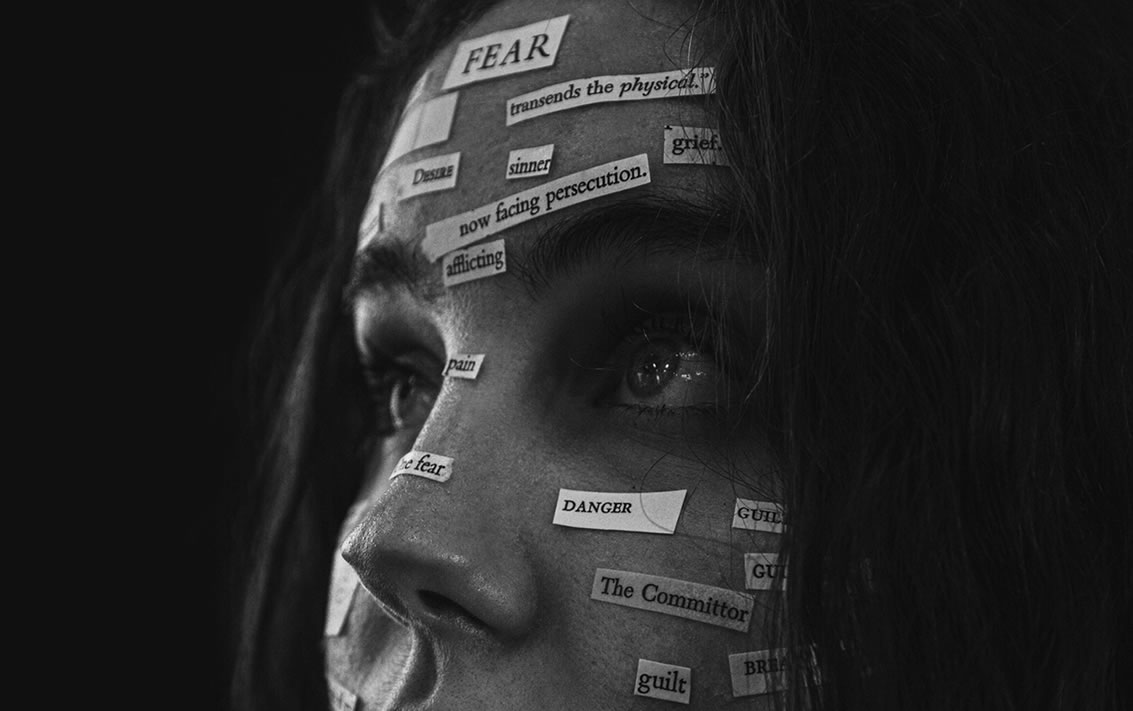
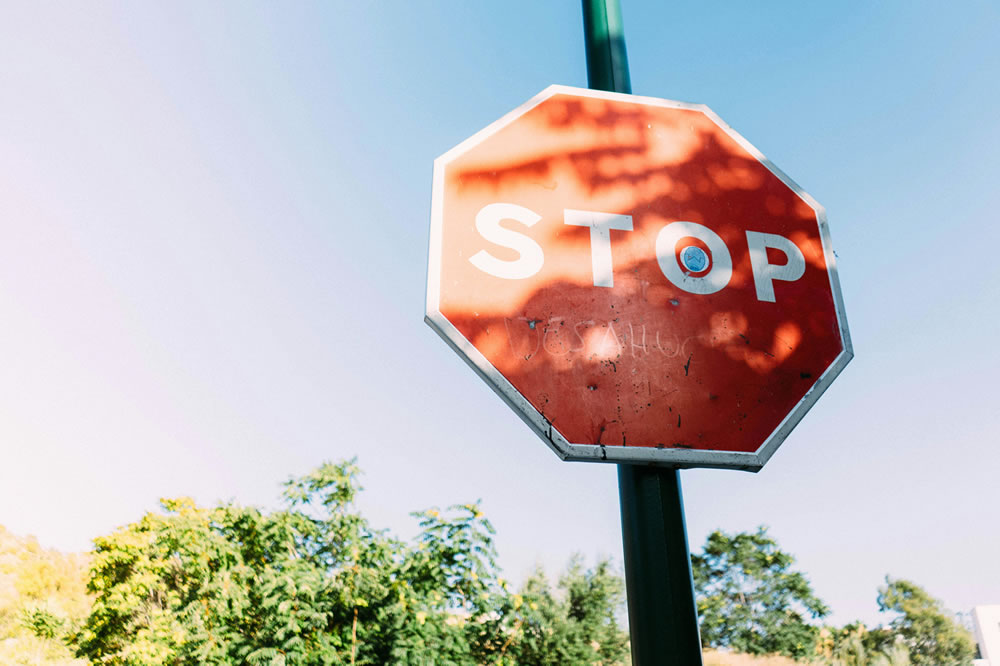





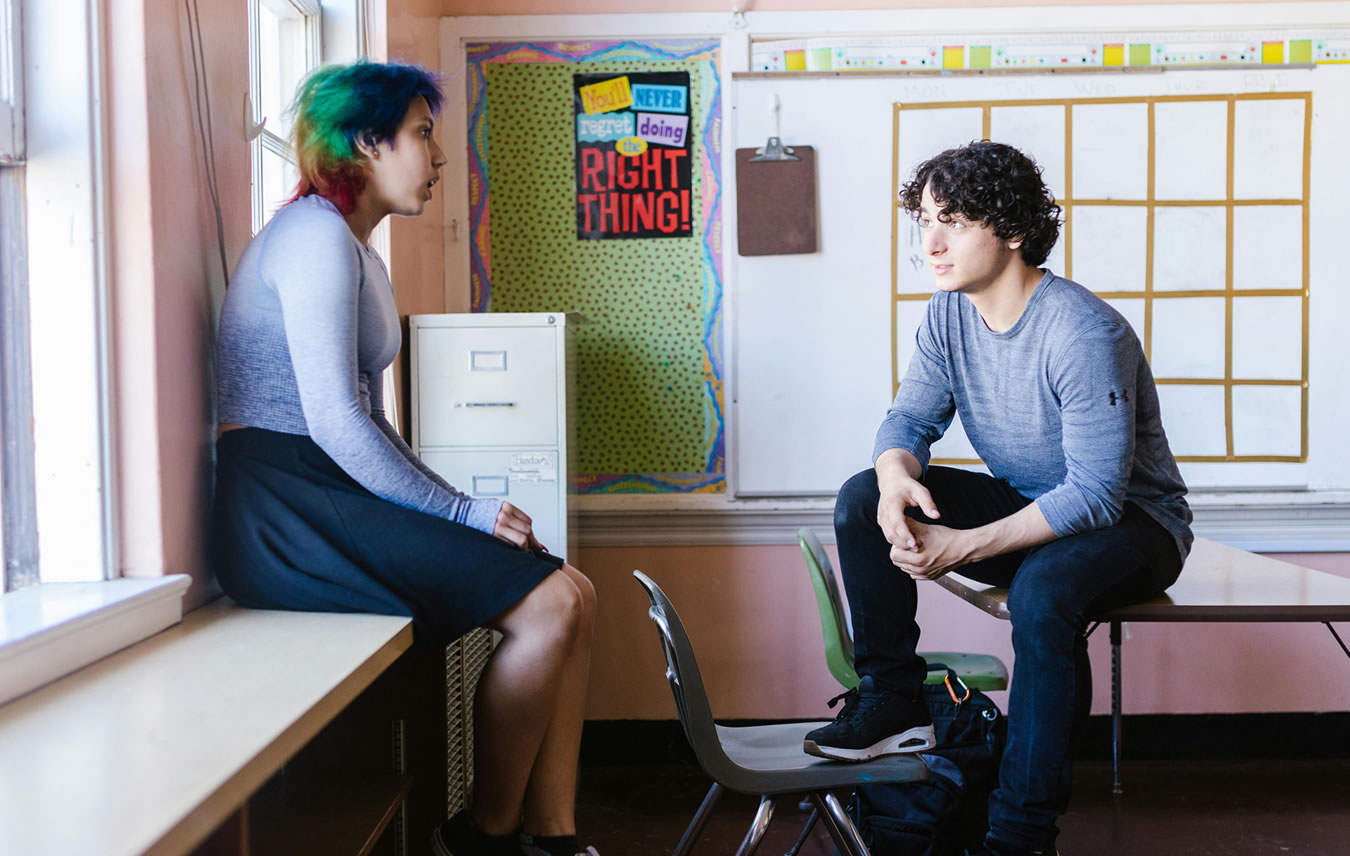
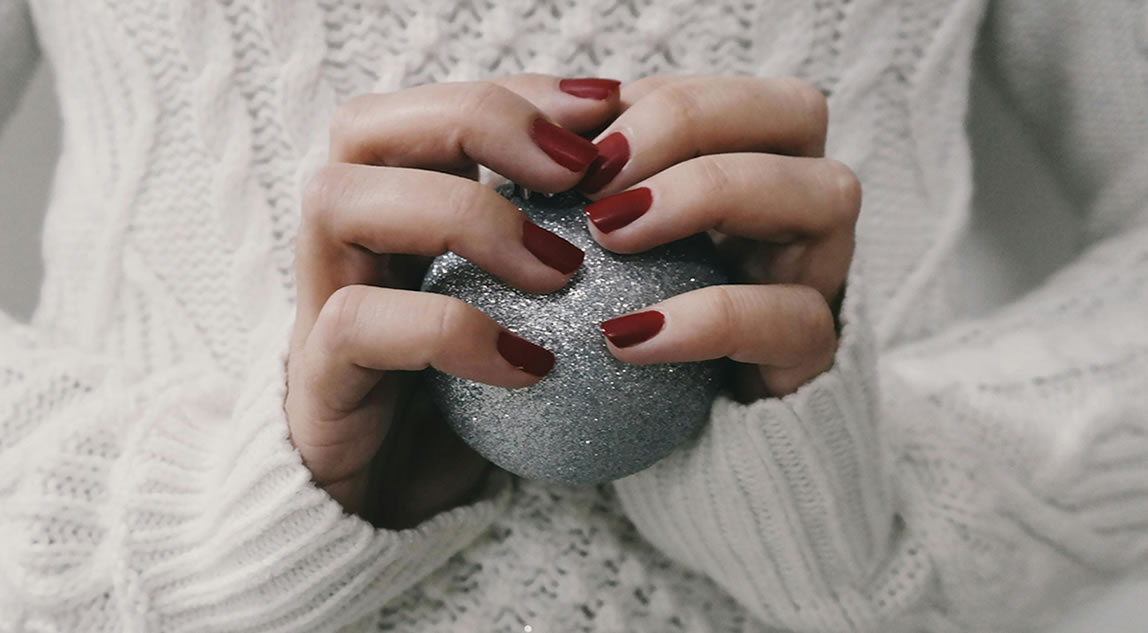

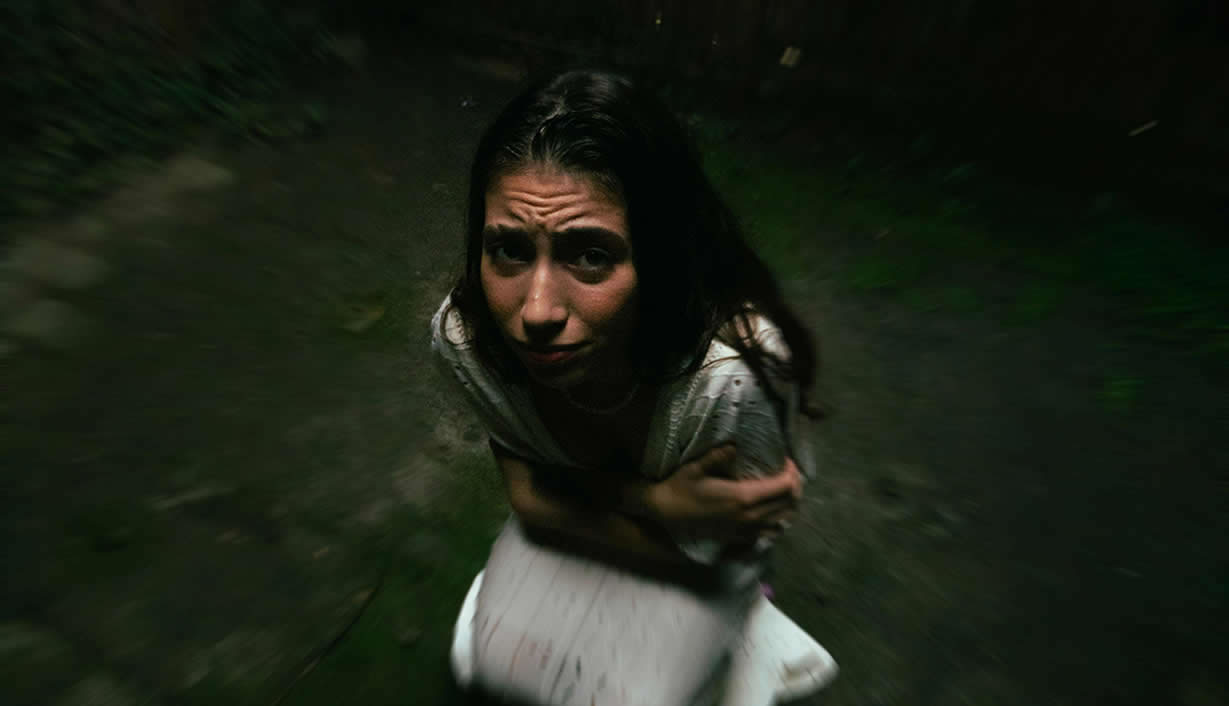
Many of these hobbies I tend to do frequently and cycle through depending on the “mood” I’m in. This Is really helpful to send to my Honey, so that he has an idea of what helps me.